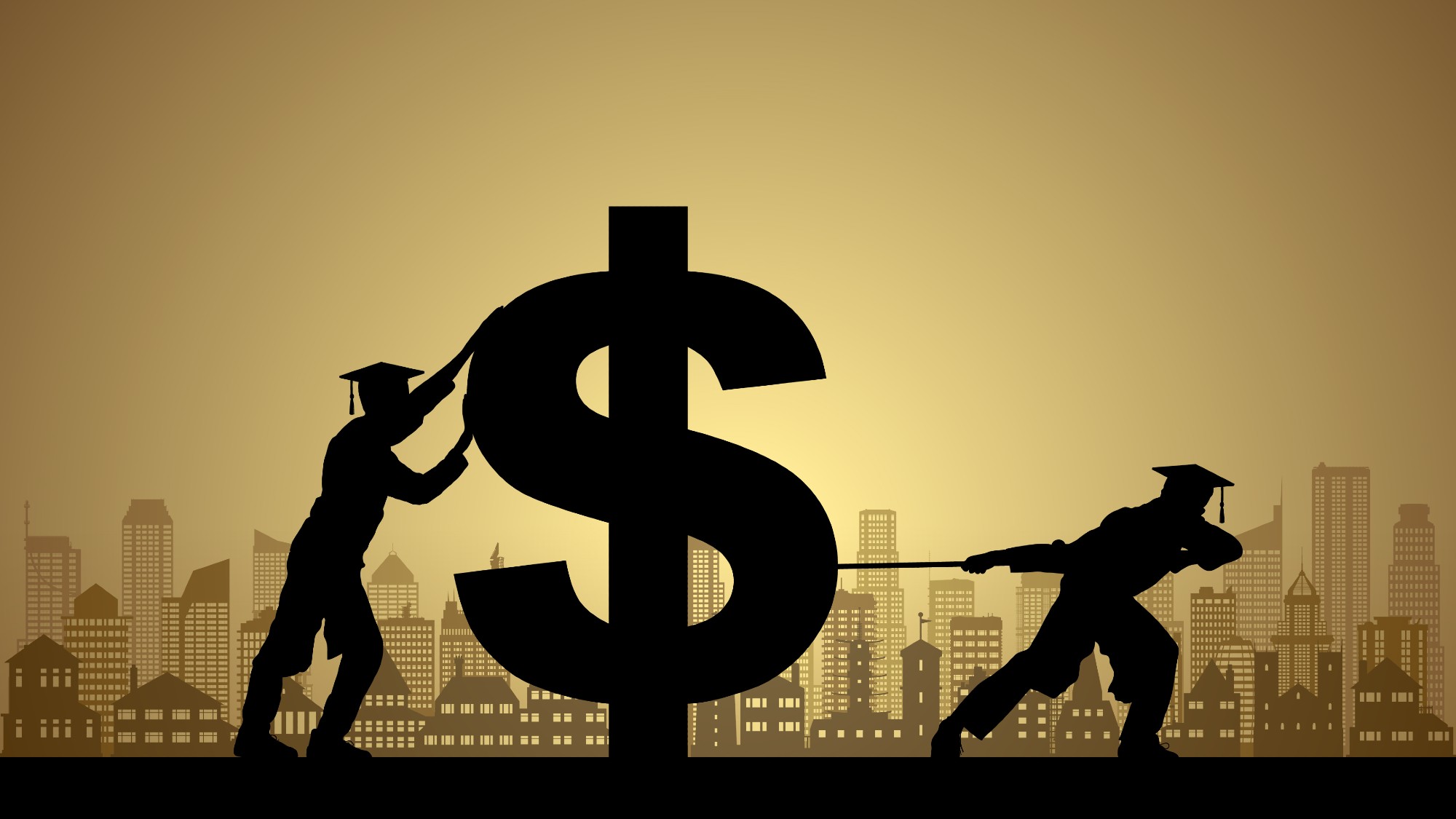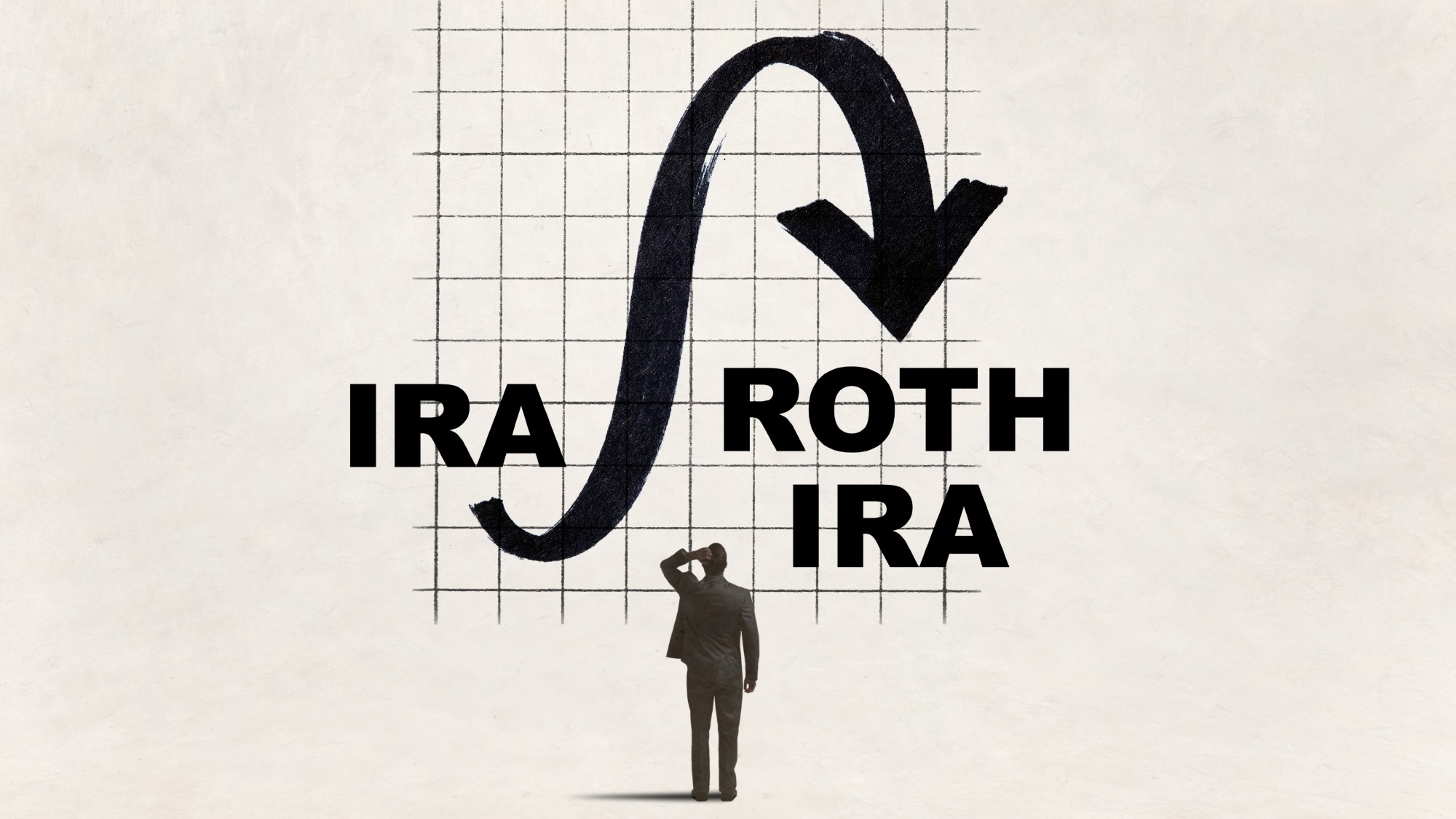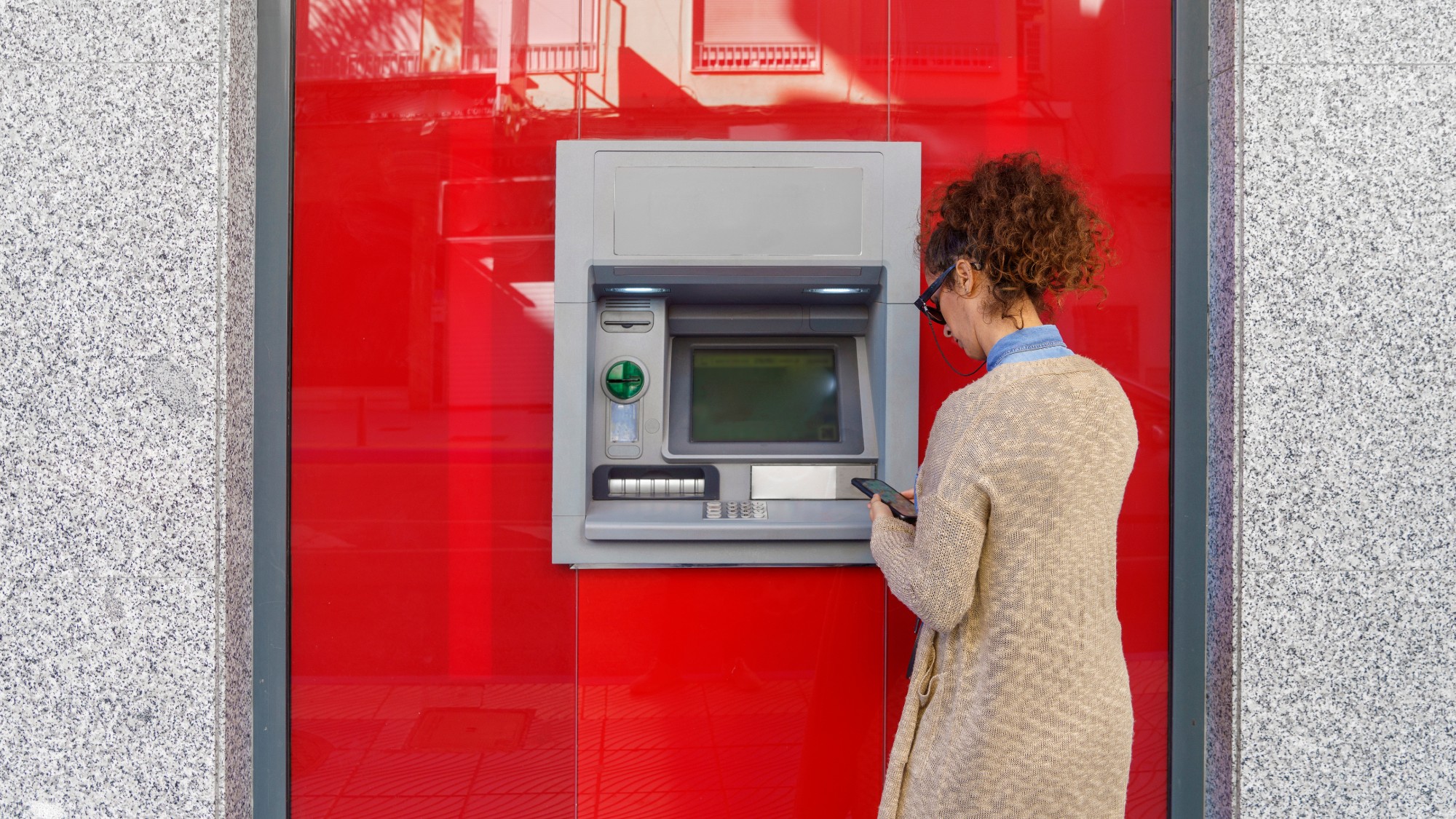How much can a month of not drinking save you?
Refusing to imbibe can have a surprising impact on your financial health


Maybe you just made it through dry January or are contemplating taking a hiatus from alcohol sometime in the near future after watching other people complete the challenge. These self-imposed pauses on imbibing have grown popular in recent years, often as a way to reset after a holiday season of overindulgence or as an opportunity to check in with drinking habits.
The health benefits of cutting out alcohol have become increasingly evident too, including better sleep, weight loss and reduced blood pressure and cholesterol levels. The cherry on top: pressing pause on drinking can make a big difference when it comes to your financial health.
How much can you save by not drinking for a month?
"Going entirely alcohol free for the month could save between $300 and $1,000, depending on consumption," said CNBC, citing Fred Harrington, the CEO of Coupon Mister, a site with money-saving tips. Another estimate was much lower, at "about $50 per month," based on Americans' spending of "an average of $583 on alcohol each year," said Yahoo Finance, citing Own Your Limits, an educational campaign run by the Department of Defense.
The Week
Escape your echo chamber. Get the facts behind the news, plus analysis from multiple perspectives.

Sign up for The Week's Free Newsletters
From our morning news briefing to a weekly Good News Newsletter, get the best of The Week delivered directly to your inbox.
From our morning news briefing to a weekly Good News Newsletter, get the best of The Week delivered directly to your inbox.
There are a number of variables that will impact your exact amount of savings from nixing alcohol. For one, it will depend on how much you usually drink and where you tend to do it, whether at home over dinner, at a local dive or at a cocktail bar. "For example, a six-pack of beer from a grocery store might run $10 to $15, whereas a single cocktail at a bar could cost $12 to $18," said CNBC.
Your location and timing can also influence the prices you pay. "Big-city bar prices are often higher than those in small towns and social habits — weekly happy hour, weekend outings — also play a huge role," said Douglas Boneparth, a certified financial planner and the president of Bone Fide Wealth, to CNBC.
Lastly, there is the question of what you prefer to drink. If you are a fan of Budweiser, for example, you will pay an average of $0.73 per serving from a can, or $4.19 per 16 ounces of Bud Lite draft from a bar, said GOBankingRates. On the other hand, if you prefer a glass of wine, you will pay an average of $3.60 per glass of white wine at home, or $8 at a restaurant.
What are the other ways you can save by cutting back on alcohol?
While the cost of alcohol itself will account for a big chunk of your savings during a dry month, there are other expenses associated with drinking that are worth considering as well.
A free daily email with the biggest news stories of the day – and the best features from TheWeek.com
If you go out, "there are all the other potential expenses involved in a night of drinking: tipping the bartender, a taxi or rideshare home, that late night pizza you probably wouldn't have ordered if you weren’t buzzed," said Yahoo Finance. You might just feel generally spendier with a few drinks in you, too — "people may make impulsive online purchases when they're inebriated," said CNBC, citing Danielle Dick, a psychologist and the director of the Rutgers Addiction Research Center.
Additionally, said Yahoo Finance, there are "indirect, long-term expenses you might reduce by cutting back on alcohol, such as medical costs or even insurance premiums."
What are some smart ways to use your dry January savings?
One way to stay motivated throughout your no-drinking challenge is to keep track of how much it is saving you — and then decide what you want to do with that money instead.
Two possibilities: use the money to treat yourself or add to your savings. If you are saving up for a vacation, for instance, "[UK card provider Caxton] estimated three years ago that a couple who quit drinking in January could fund a two-night stay in Amsterdam with the savings they made," said Bloomberg. Even if your savings do not seem all that significant, Claire Exley, the head of investment company Nutmeg, "calculated that if you save just $126 by going teetotal every January and invest it in a savings account with a 5% annual return, it will be worth $880 in five years, and $1,849 in 10."
Becca Stanek has worked as an editor and writer in the personal finance space since 2017. She previously served as a deputy editor and later a managing editor overseeing investing and savings content at LendingTree and as an editor at the financial startup SmartAsset, where she focused on retirement- and financial-adviser-related content. Before that, Becca was a staff writer at The Week, primarily contributing to Speed Reads.
-
 Which side is JD Vance taking in MAGA’s infighting?
Which side is JD Vance taking in MAGA’s infighting?Today’s Big Question GOP insiders are battling over antisemitism with an eye on 2028
-
 Campus security is in the public eye again after the Brown shooting
Campus security is in the public eye again after the Brown shootingTalking Points Questions surround a federal law called the Clery Act
-
 9 new cookbooks begging to be put to good winter use
9 new cookbooks begging to be put to good winter usethe week recommends Booze-free drinks, the magic versatility of breadcrumbs and Japanese one-pot cooking
-
 Received a gift card this holiday season? Here’s how to maximize it.
Received a gift card this holiday season? Here’s how to maximize it.The Explainer Make the most of your present
-
 Who will the new limits on student loans affect?
Who will the new limits on student loans affect?The Explainer The Trump administration is imposing new limits for federal student loans starting on July 1, 2026
-
 3 ways to reduce the cost of owning a car
3 ways to reduce the cost of owning a carthe explainer Despite the rising expense of auto insurance premiums and repairs, there are ways to save
-
 How to shop smarter with a grocery budget
How to shop smarter with a grocery budgetThe Explainer No more pushing your cart down the aisles on autopilot
-
 What will next year’s housing market look like?
What will next year’s housing market look like?The Explainer Here is what to expect from mortgage rates and home prices in 2026
-
 What are the pros and cons of a Roth conversion for retirement?
What are the pros and cons of a Roth conversion for retirement?Pros and Cons By converting a traditional IRA to a Roth IRA, retirees can skip paying taxes on their withdrawals
-
 4 often overlooked home maintenance tasks that could cost you later
4 often overlooked home maintenance tasks that could cost you laterThe Explainer A little upkeep now can save you money down the road
-
 4 easy tips to avoid bank fees
4 easy tips to avoid bank feesThe Explainer A few dollars here and there might seem insignificant, but it all adds up
